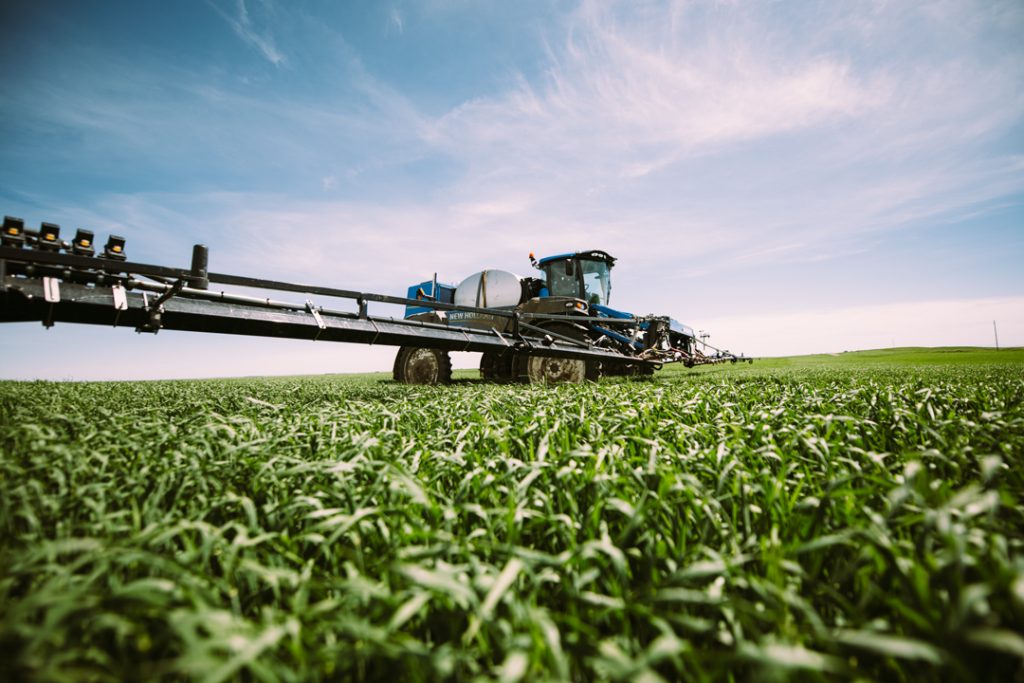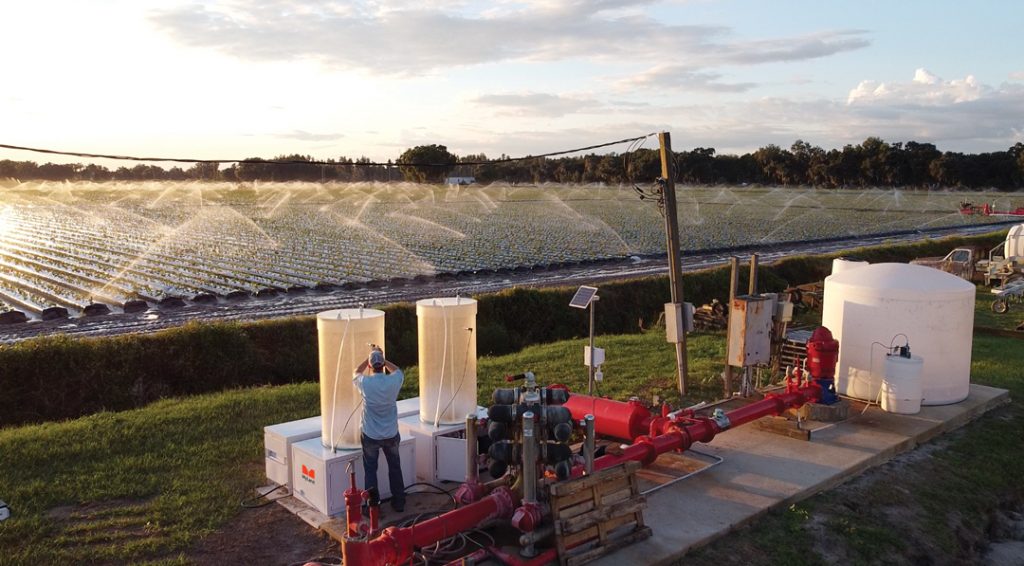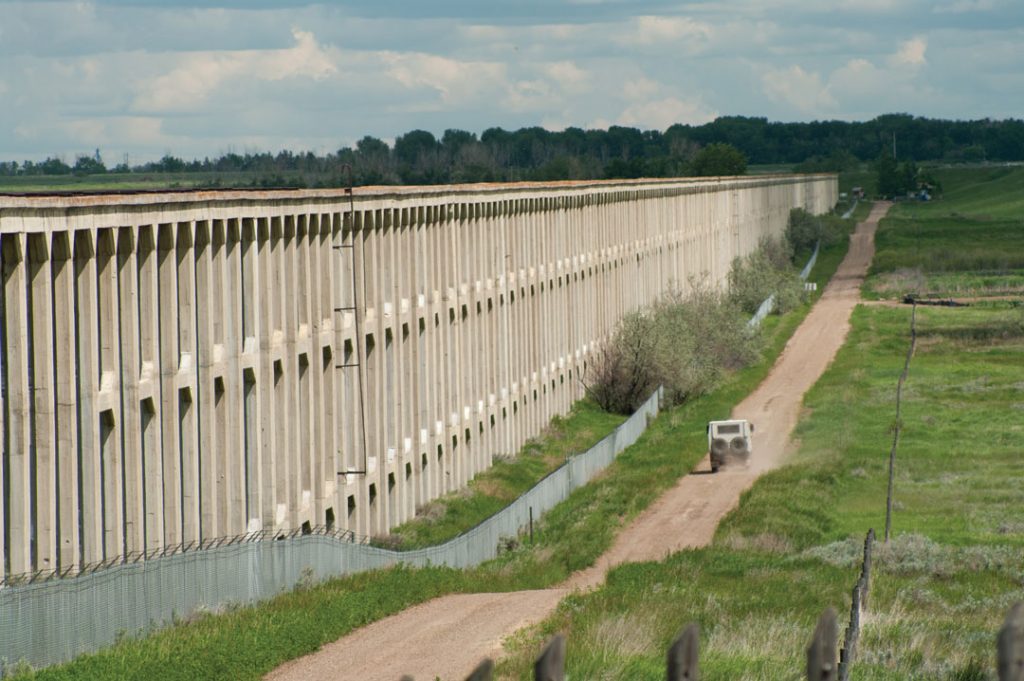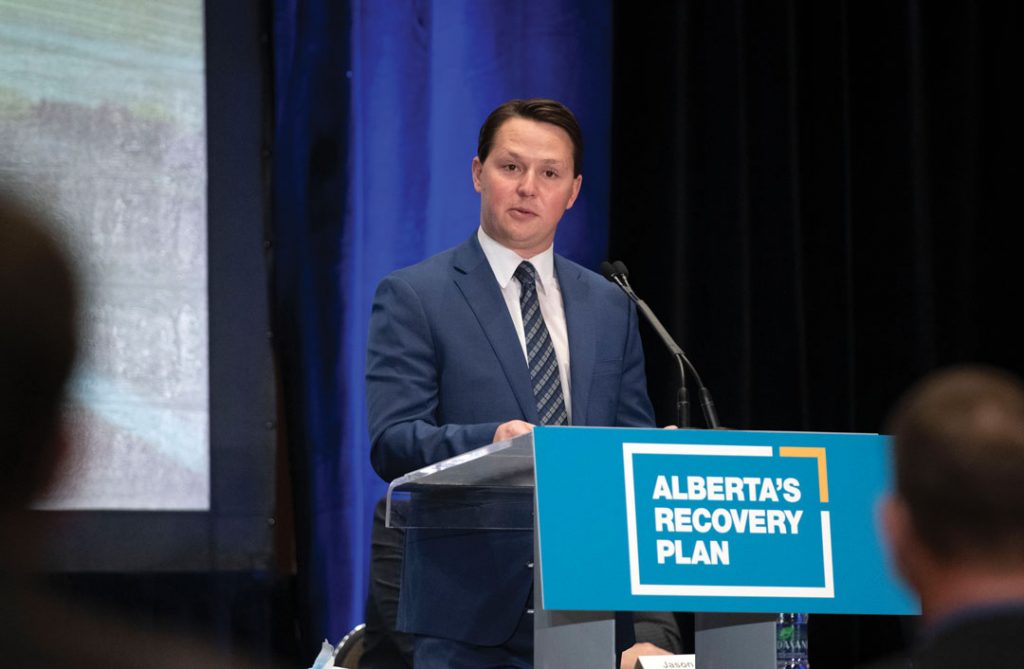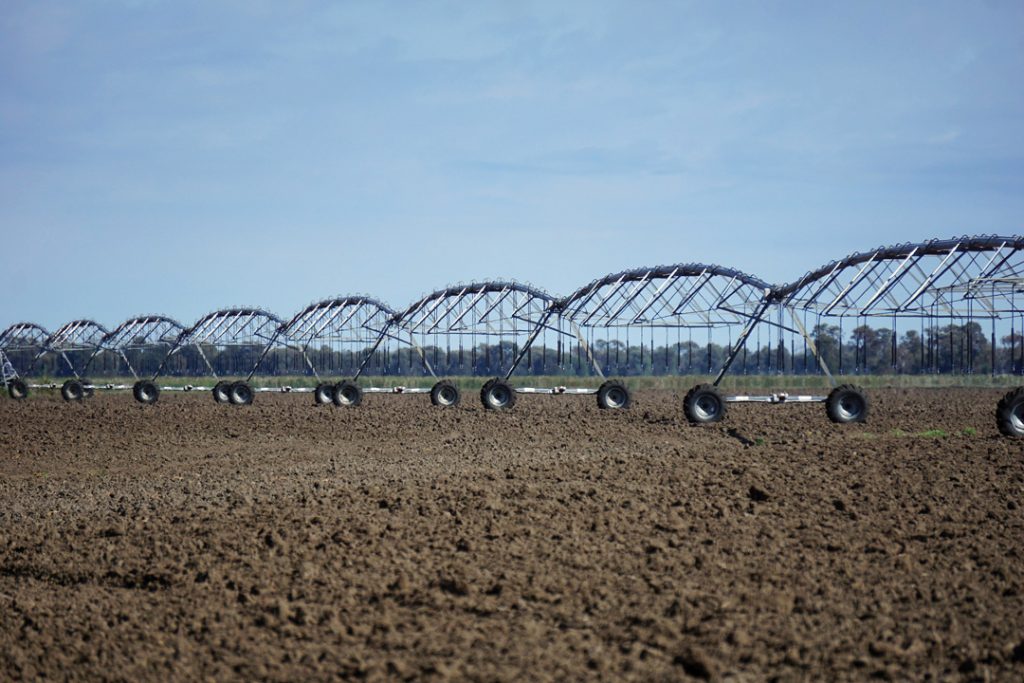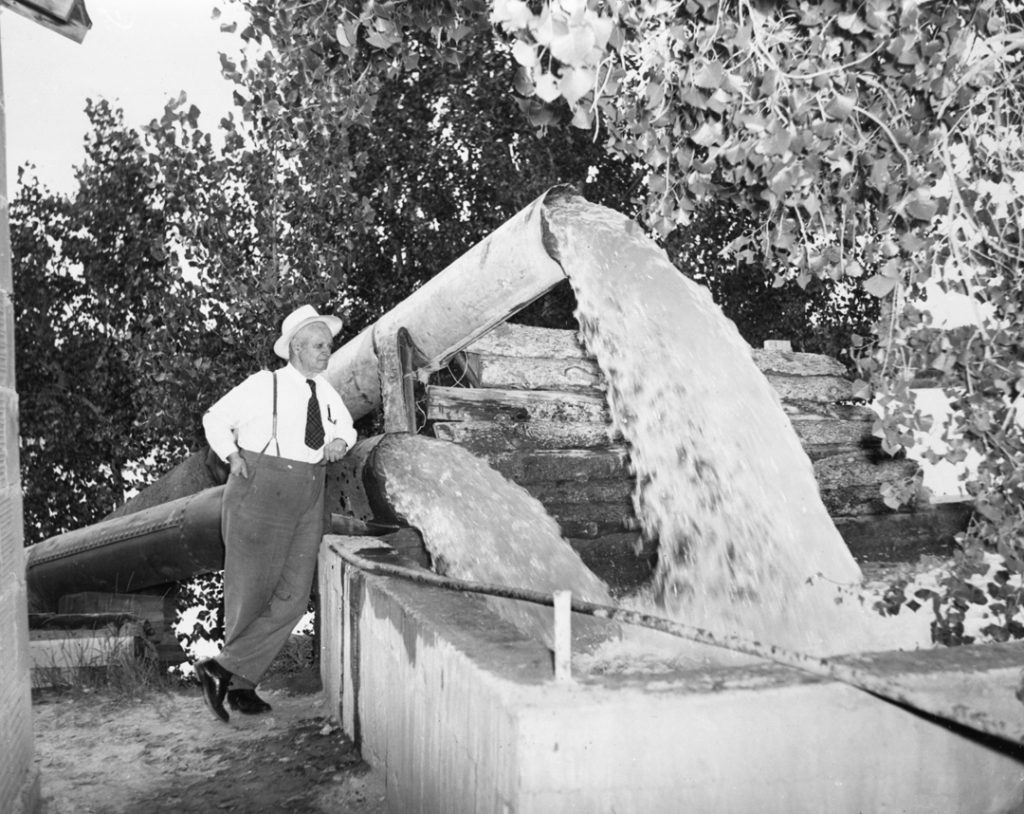LIQUID DIET
A dozen years ago, Devon Walker officially began farming alongside his dad Donald on the family farm in northwest Saskatchewan near the Alberta border. Like many young farmers, Walker was eager to put his stamp on the farm by adopting new management practices he believed would “shed risk.” After evaluating the farm’s fertility plan, he suggested they put partial fertility down at planting and then top up with a foliar application later in the season when the crop needed it most. “Applying foliar is like rubbing a sandwich on your arm when you’re hungry,” advised Donald.




